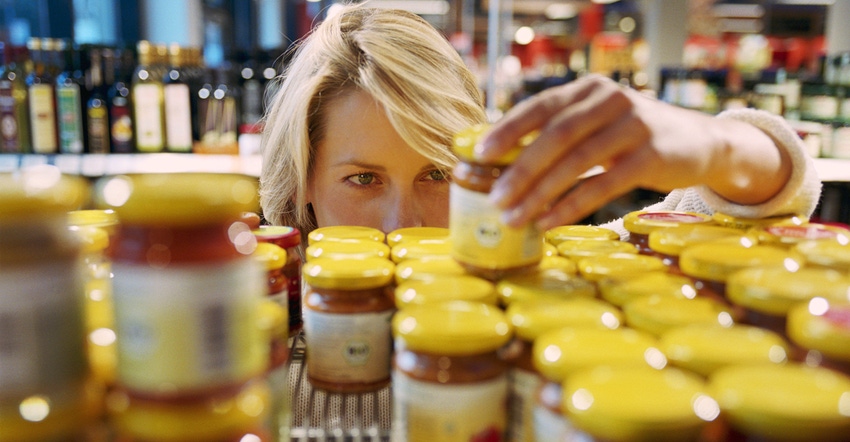Everyone is excited about your new product packaging, but have you seen it on a retail store shelf yet? Here are a few tips for test-driving that design in the retail environment.

So, you are about ready to launch your product into the orbit of the retail grocery world. By now, you’ve no doubt spent countless hours of developing your product and its brand packaging. However, there is one last stop on the way to success—a trip to the store.
Here’s why. You most likely have made a lot of decisions reviewing your packaging as it sits on the conference room table, but now it’s time to see how your packaging really stacks up against your competition on a retail store shelf, as part of an end cap display or in a freezer case. It’s there that the truth is revealed.
To accurately evaluate the impact and efficacy of your new package design, you’ll need a mock-up—a prototype of the actual package in life-size—that you can drive over to a nearby store, place it on a shelf and see what’s working and where improvements may be needed.
1. Take pictures of the mock-ups in position on the store shelf to share with other decision makers.
Not everyone can be there, so this is where a picture is worth a thousand words. (Permission from the store management may be required.)
2. Determine if your packaging stands out against the adjacent competition.
Put yourself in your consumers’ shoes. With a 3-second glance, what’s your first impression of your product packaging within the shelf environment?
3. Ask yourself if the package dimensions are appropriate?
How well does it fit in the shelf space? Is it too tight, too small or too big? Are there adjustments that would allow your product to merchandise better?
4. Notice if the graphics are well proportioned to the size and shape of the box, bag, bottle or can.
This is where you may discover a photo is too large or the product description needs to be more conspicuous.
5. Analyze what element of the package catches your eye first, then second, then third.
This is sometimes referred to as “order-of-read.” It’s where you decide to guide your consumer through the elements that are most compelling. Such as, should the photograph be the first to be noticed for appetite appeal? If there is no photography, should the product description be recognized before or after the name of your company or logo? What about featured benefits? Are there so many that they get in the way of a strong impact?
6. If there’s photography, judge how well it communicates the attributes of the product.
Should the photograph be cropped differently? Is it too dark, too light or does it need more contrast for clarity on the shelf? Does it accurately represent your product, and how it should be served or consumed? And most importantly, does it have appetite appeal?
7. Evaluate whether your product description is too long or not prominent.
Remember, you only have about 3 seconds to grab the attention of your consumer. At least at an arm’s distance (preferably more), evaluate where the description is positioned on the principle display panel and how easily is it to understand what’s inside the package. Can you communicate it with fewer words? Should it be in a different color?
8. Finally, honestly answer the all-important question: Does the packaging encourage me to buy this product now?
Aside from the details listed above, does the overall impression on the shelf reflect the brand image that you want to promote?
So who should attend this little packaging road trip? Well, the person responsible for bringing the product to market, of course. Perhaps a member of the sales team. The creative team leader. And any prominent stakeholder in the brand or product line. But limit it to the number of people who can reasonably fill a 5-passenger coupe.
By hitting the brakes early in the design process, you can accelerate the success of your packaging down the road.
Jeff Barton is the creative director and founder of Launch17, a creative firm that focuses on brand packaging design for natural, organic and specialty products.
Have some big ideas or thoughts to share related to the natural products industry? We’d love to hear and publish your opinions in the newhope.com IdeaXchange. Check out our submission guidelines.
About the Author(s)
You May Also Like




